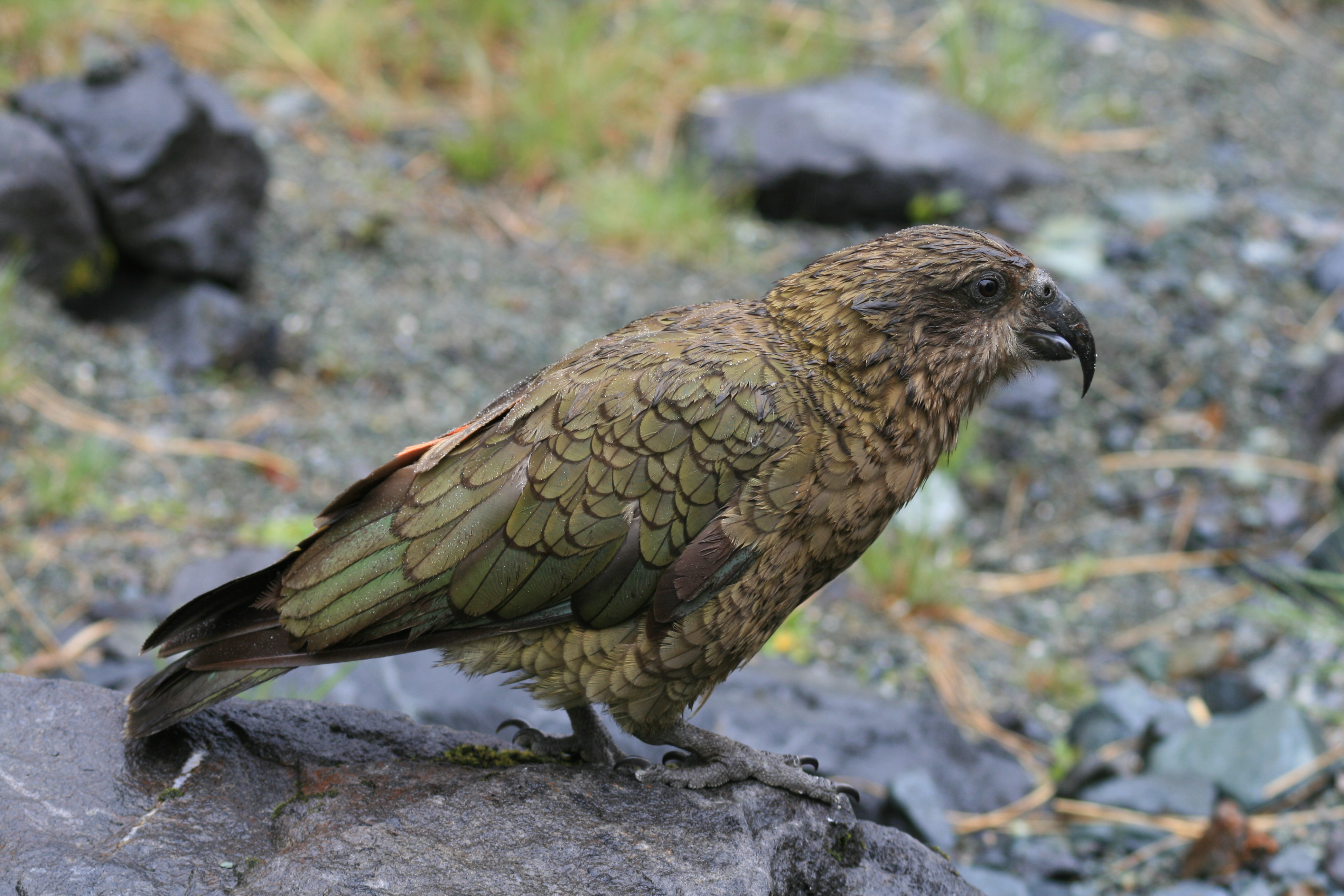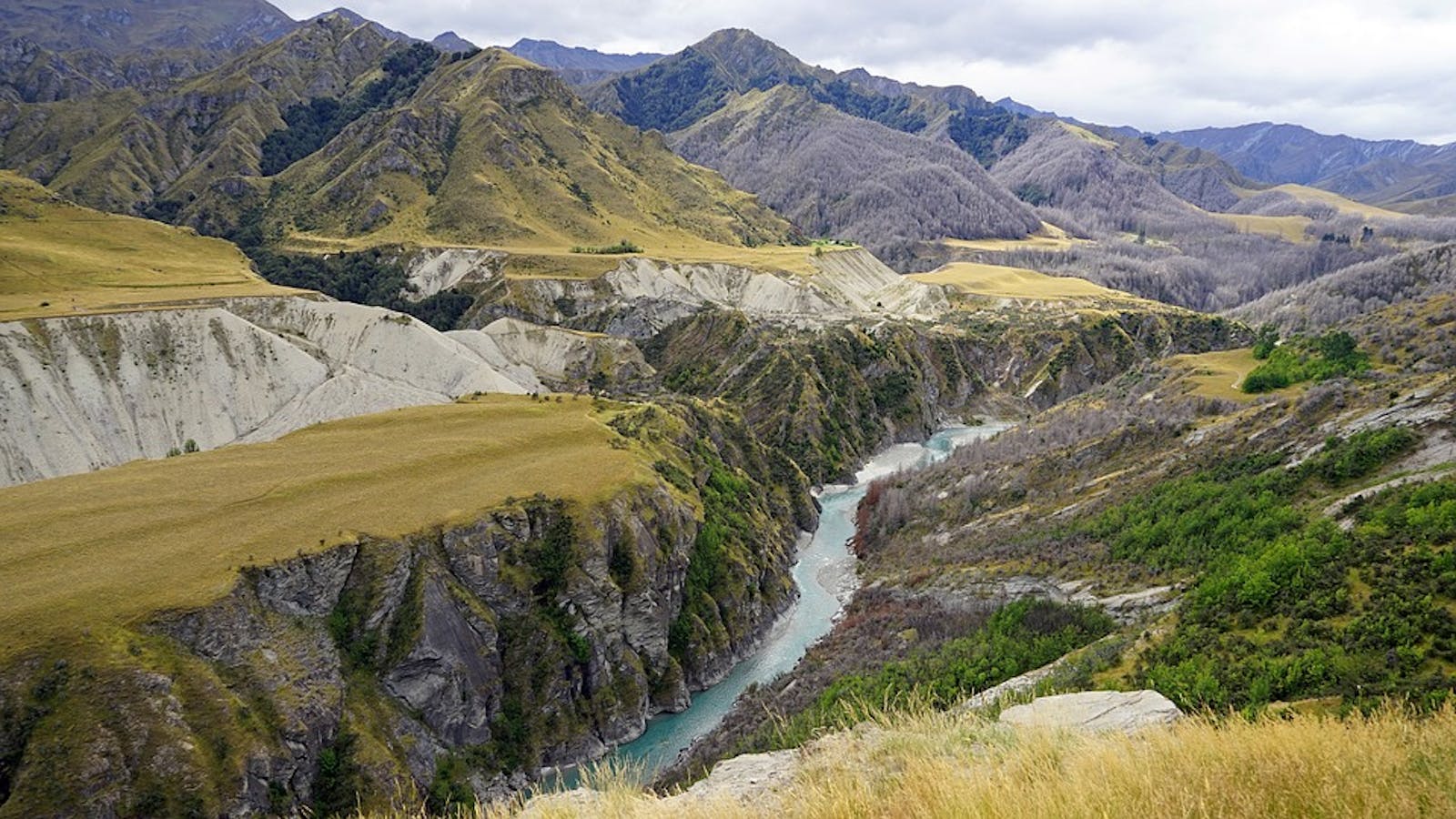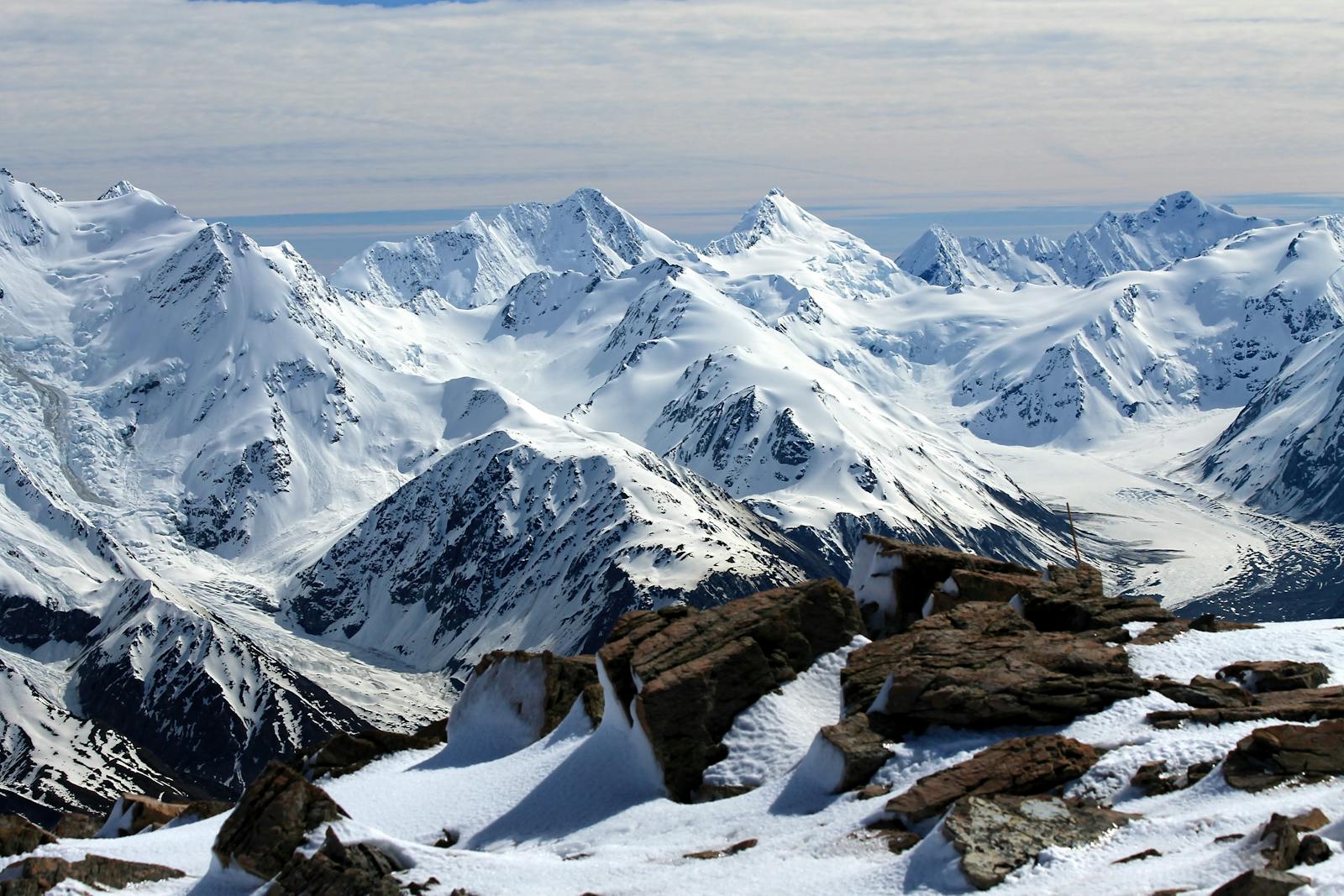New Zealand South Island Montane Grasslands
The ecoregion’s land area is provided in units of 1,000 hectares. The conservation target is the Global Safety Net (GSN1) area for the given ecoregion. The protection level indicates the percentage of the GSN goal that is currently protected on a scale of 0-10. N/A means data is not available at this time.
Bioregion: New Zealand (AU1)
Realm: Australasia
Ecoregion Size (1000 ha):
4,002
Ecoregion ID:
194
Conservation Target:
88%
Protection Level:
7
States: New Zealand
This ecoregion encompasses the Southern Alps, the highest alpine region in New Zealand, with snow and ice fields, as well as a variety of alpine habitats. The biota has some unique features, including normally lowland taxa adapting to alpine environments, such as the kea parrot (Nestor notabilis), rock wren (Xenicus gilviventris), and non-alpine woody plant genera like Hebe, Dracophyllum, and Coprosma. Over 90 percent of the roughly 600 plant species in New Zealand’s montane habitats are endemic. However, there are few endemic families or genera, reflecting the relatively young age of the mountain range.
.jpg)
The flagship species of the New Zealand South Island Montane Grasslands ecoregion is the Kea parrot. Image credit: iNaturalist, Naturejeanne (CC by 2.0)
Western foothills of the Alps support mixed silver beech/podocarp forest and mixed rata (Metrosideros umbellata)/podocarp forest. Mountain beech (Nothofagus solandri cliffortoides) is common on steep hillsides below the treeline. Silver beech (N. menziesii) and red beech (N. fusca) are found in the lower slopes and alpine valleys. In the Westland region, there is no beech, and woody shrubs such as Dracophyllum traversii are dominant. Higher up are herbfields dominated by snow tussocks (Chionochloa spp.) along with buttercups (including R. lyallii, the world’s largest buttercup), speargrass (Aciphylla spp.), and a rich alpine flora. Fellfields at high altitudes support prostrate Hebe shrubs, Ranunculs grahamii, small grasses, and cushion plants.
The great spotted kiwi (Apteryx haastii) in the north, and Nestor m. meridionalis, the vulnerable kaka’s South Island subspecies, both occur in this ecoregion. The size of 13 alpine grasshopper species increases with elevation. Weta, large cricket-like insects, including the alpine weta (Deinaacrida pluvialis), occur up to 1,800 meters, and the Mt. Cook flea (Pharmacus montanus) lives above the snowline.

Kea parrot. Image credit: Wikipedia, Mark Whatmough (CC by 2.0)
Over 60% of this ecoregion is protected within a network of conservation areas and national parks, such as Mavora Lakes Stewardship Area, Nelson Lakes National Park, Lake Sumner Forest Park, and Westland Tai Poutini National Park. Browsing by introduced deer (Cervus elaphus), chamois (Rupicapra rupicapra), and Himalayan tahr (Hemitragus jemlahicus) degrades native tussocklands, forest, and shrubland. Introduced predators like stoats (Mustela erminea), cats (Felis catus), and rats (Rattus rattus and Rattus norvegicus) threat indigenous birds and invertebrates. Weeds including Russell lupins (Lupinus polyphyllus) and broom (Cytisus scoparius), are less of a problem in higher reaches than in lower altitude areas.
The key conservation actions for the next decade are to: 1) control the spread of invasive weeds in lower altitude areas, especially in riverbeds or grazed tussock herb fields that are frequently disturbed; 2) support effective pest and predator control around key populations of threatened species, such as kiwi; and 3) continue to implement strong ecotourism controls to diminish impacts on fragile alpine habitats and interactions with native wildlife, such as the kea parrot, whose curious investigations cause human-parrot conflict.
Priority conservation actions for the next decade
- Control the spread of invasive weeds in lower altitude areas, especially in riverbeds or grazed tussock herb fields that are frequently disturbed.
- Support effective pest and predator control around key populations of threatened species, such as kiwi.
- Continue to implement strong ecotourism controls to diminish impacts on fragile alpine habitats and interactions with native wildlife, such as the kea parrot, whose curious investigations cause human-parrot conflict.
-
-
- Frimmel, S. 2020. New Zealand South Island montane grasslands ecoregion. WWF-US, Washington, DC.
- Mark AF, NM Adams. 1986. New Zealand alpine plants (revised edition). Reed Methuen. Auckland, New Zealand.
- Molloy, L. 1994. Wild New Zealand. New Holland Publishers. London, United Kingdom.
-
Cite this page: New Zealand South Island Montane Grasslands. Ecoregion Snapshots: Descriptive Abstracts of the Terrestrial Ecoregions of the World, 2021. Developed by One Earth and RESOLVE. https://www.oneearth.org/ecoregions/new-zealand-south-island-montane-grasslands/
-




